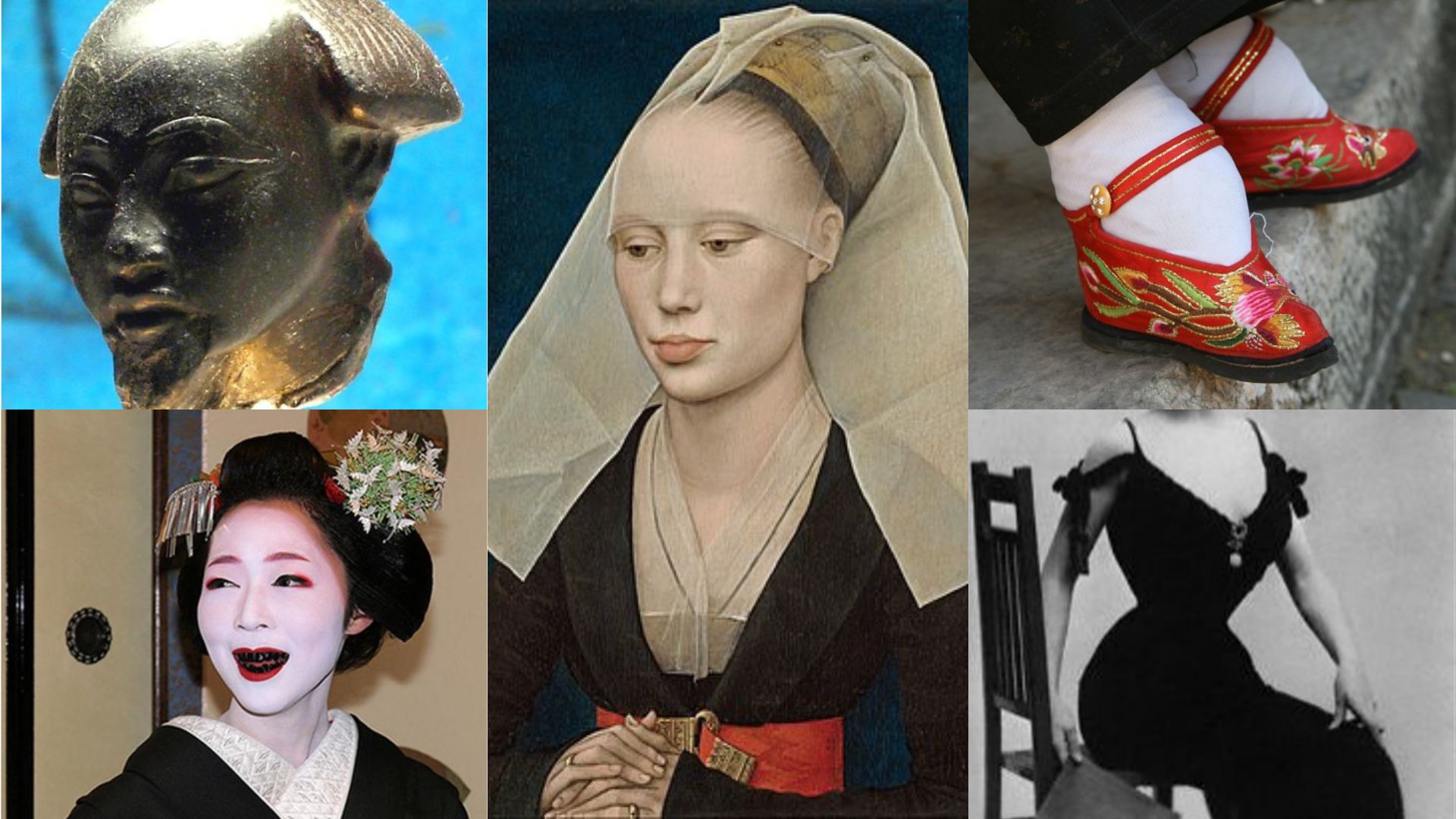It’s no secret that beauty trends come and go. But some beauty trends should remain in their century, never to return. And no, we’re not talking about putting faux dark circles under our eyes, or overlining our lips to make them appear plumper. We’re talking about altering certain parts of our bodies in ways that could be detrimental to our physical health. Historically, beauty trends were so horrific that in some regions, people even risked death to align themselves with the aesthetic standards of their respective times.
Don’t believe us? Well, here are six horrifying beauty trends you won’t believe are true.
Foot Binding
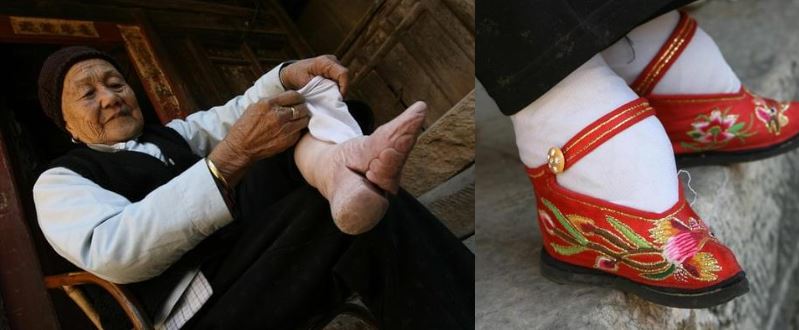
If you think that looks scary, wait until you hear about the procedure of foot binding. Foot binding, which created the eroticized “lotus feet”, was a Chinese ritual from the 10th through the 20th centuries that modified the form of young girls’ feet so that they could fit into lotus shoes. To acquire lotus feet, girls went through an excruciatingly painful procedure. Their foot bones would be fractured and bound, and they would walk for two years on their newly fashioned feet.
Bound feet were seen as a prestigious symbol and a sign of feminine attractiveness. The practice was also associated with virtues like humility, purity and morality. However, foot binding was a painful technique that limited women’s mobility and resulted in lasting disability.
Brow & Eyelash Removal
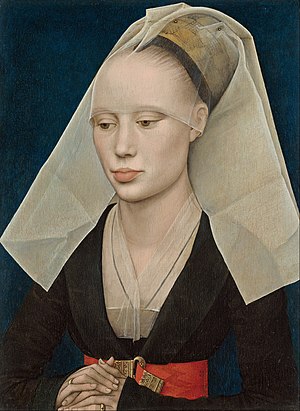
Thin brows appear to be making a comeback this year. Hopefully, the trend will not go as far as it did during the Middle Ages in Europe. Women in this era went above and beyond to maintain their beauty standards, plucking not just their brows but even their eyelashes. Apparently, folks then were entirely in favour of the huge forehead, so ladies would pluck their hairlines all the way back and remove their brows and eyelashes to obtain a high forehead. The style was popular among high-ranking ladies of the Burgundian court.
Blackened Teeth
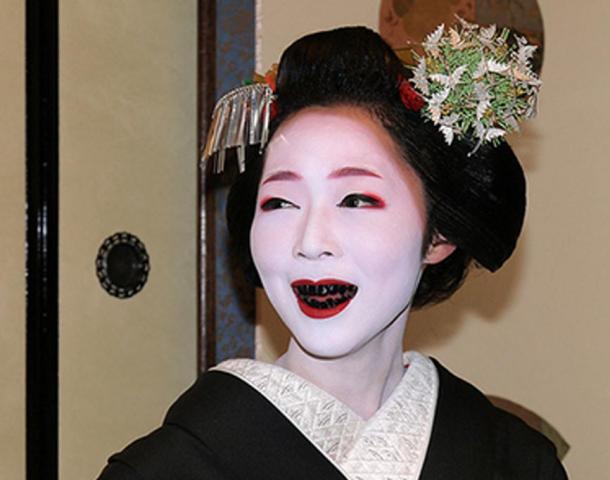
It would be embarrassing for us to have anything stuck in our teeth, but not for the Japanese of yore. Until the late 1800s, there existed a practise known as Ohaguro in which married ladies and members of the nobility darkened their teeth with an iron filing and vinegar solution. Ohaguro represented beauty, riches, and sexual maturity. Although it did not induce permanent tooth discoloration, it is believed to have smelled horrible. It was said that having darkened teeth was good for your health because it prevented tooth decay by functioning as a dental sealant.
Tiny Waist
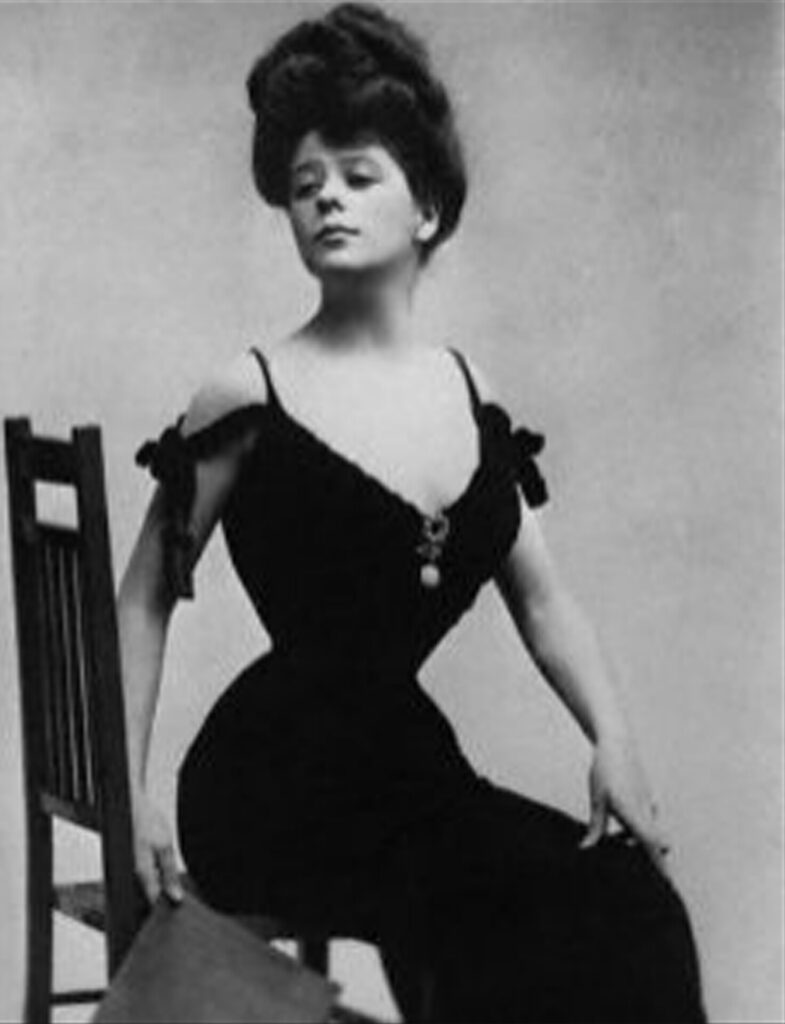
Having a slim waist is nothing new in terms of current beauty standards. During the nineteenth and twentieth centuries, however, women took the tiny waist to a whole new level. This silhouette, known as the wasp waist, was extremely popular – but came at a high cost. Women used metal corsets that changed their ribcage to the point of displacing their organs in order to create the small waist appearance. Because certain corsets were constructed of metal during the period, many women endured tremendous pain and had frequent fainting spells from poor blood circulation.
Curing Baldness
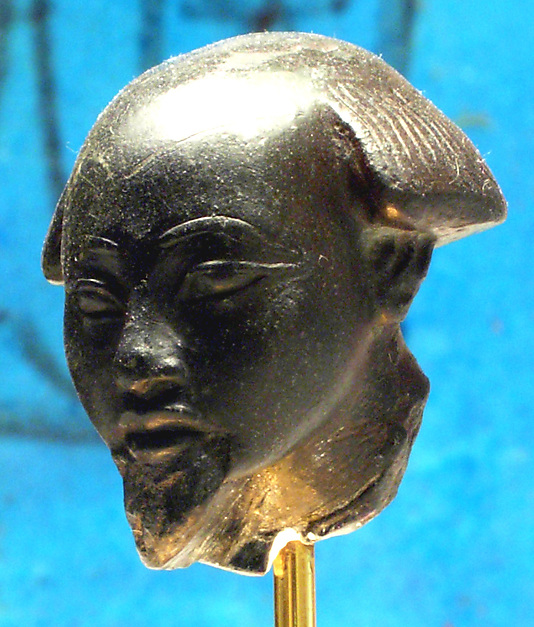
Women were not the only ones who were slaves to beauty trends. Baldness was such a common problem among males in ancient Egypt that they resorted to making unpleasant concoctions to remedy it. Instead of becoming bald gracefully, Egyptian men created a paste of lead, onions, iron oxide, honey, and animal fat and applied it to their bald heads in the hope of re-growing a full head of hair.
Some even mixed animal hooves and dog paws with date juice and applied it to their heads to promote hair growth. While they did not achieve the desired result, they did smell bad.
Codpiece Fashion
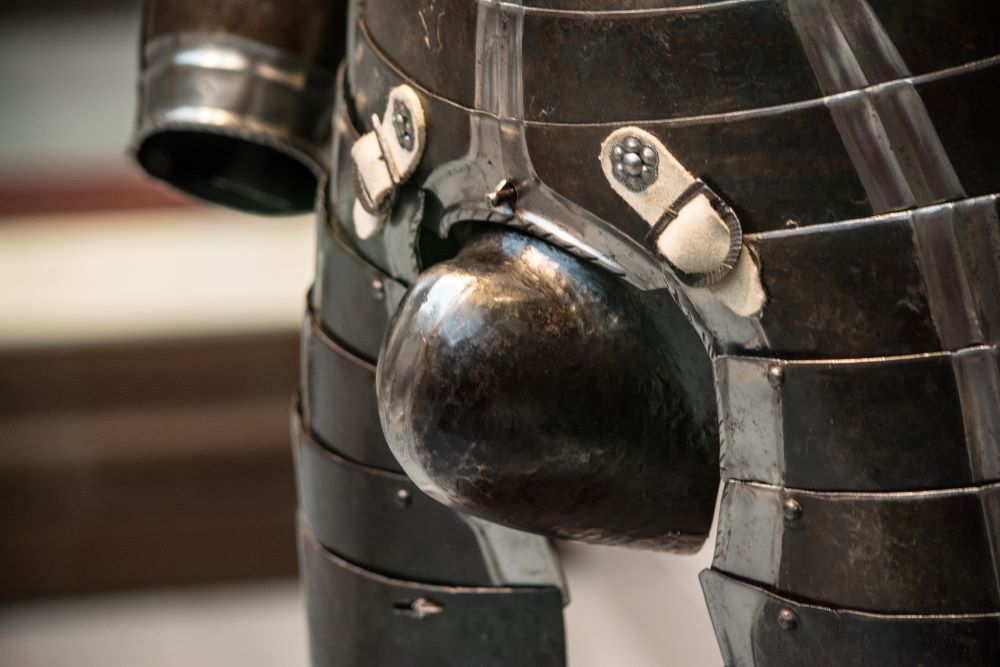
Not the most horrific beauty trend, but certainly the oddest. The bulge seen in the above suit of armour is known as a codpiece, and it was designed for men in the 1400s to plug a gap and, at least originally, maintain men’s modesty. Religious indoctrination was so intense at the period that males wearing tight pants prompted censure from moralists and religious authorities. Under Edward IV’s authority, males were eventually obliged to conceal their private parts, giving rise to the codpiece.
Follow us on Instagram, Facebook or Telegram for more updates and breaking news.


